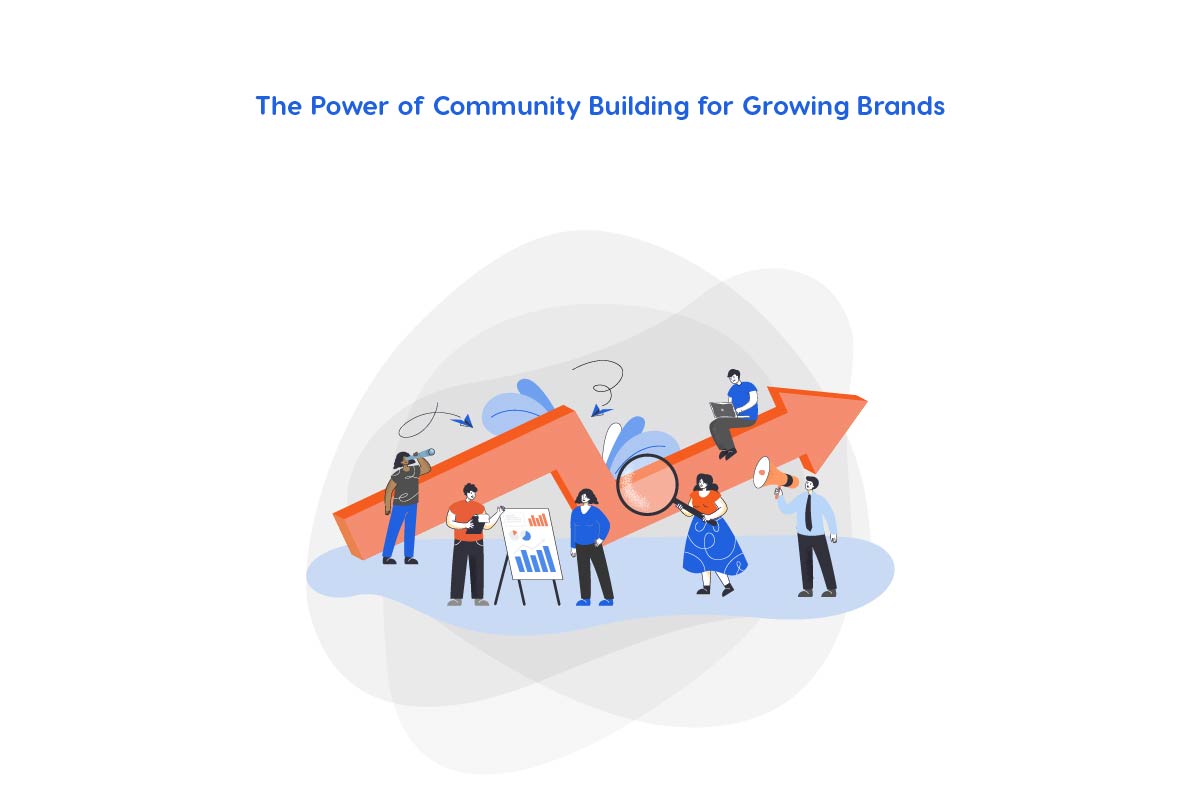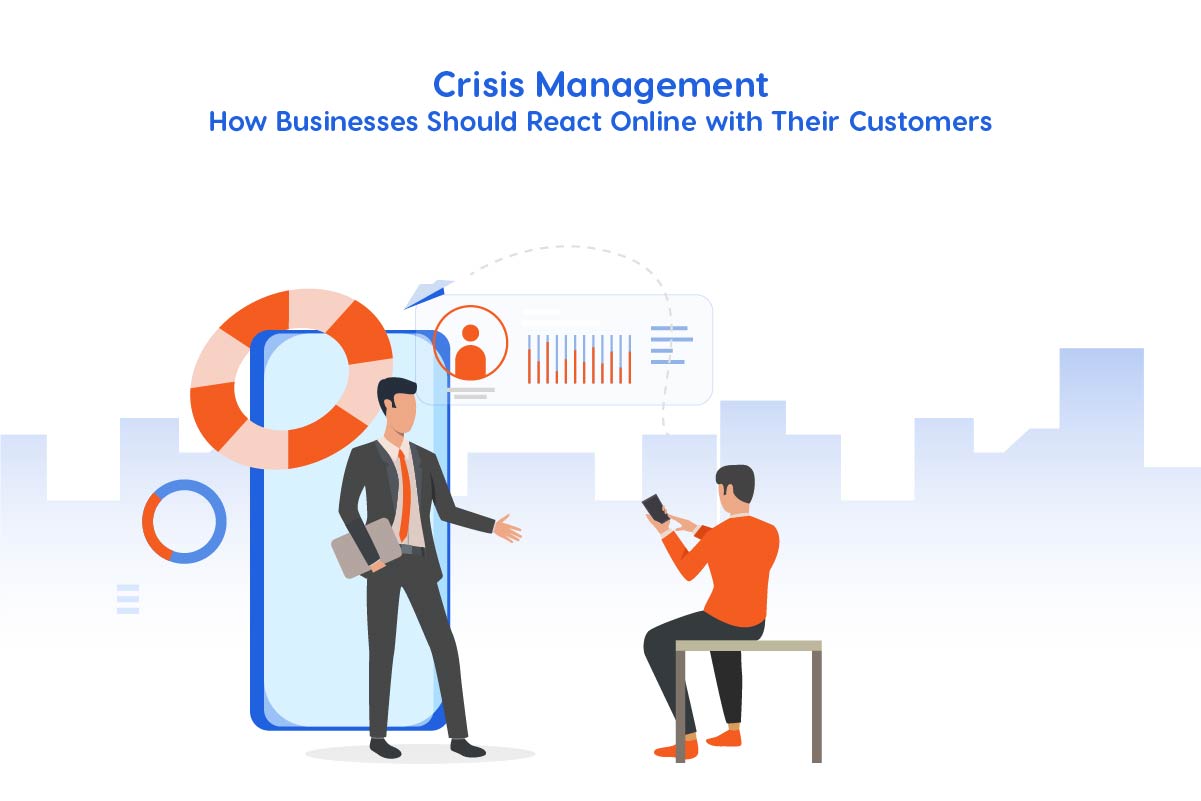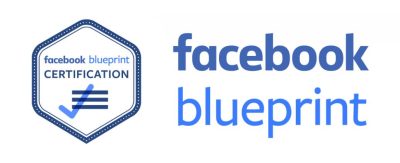YouTube is the largest video platform and the second largest search engine. As a business owner, you can utilize the potential of this social media platform to generate more audience and promote your business to a broader range of audiences. Getting started on YouTube is also pretty easy. Just follow this guide to get your YouTube channel up and running in a few steps.
Creating a YouTube channel is not that complicated. First, log in to YouTube with your Google account; otherwise, set up a Google account first. After that, you can create the channel by clicking on your profile and then “Create a Channel” option. After that, you are pretty much set to set up your brand account and channel. Fill out “About” section appropriately and add the profile and header image. Optionally, you can also add your social media and other external links.

Get Started and Promote Your Business on YouTube
Make sure your channel art and profile photo reflect your branding. Make playlists according to the topics of your videos. It would be a wise idea to create a channel trailer, which can be a short promo that represents what your channel is about. Have a clear call to action for viewers who want more information on something specific that’s featured in an existing video or series. Engage with fans every step of the way by responding to their comments. This keeps everyone involved while also encouraging engagement among other users. Add closed captioning options so those hard-of-hearing viewers can still enjoy watching. Apply these changes and see how much you can benefit from optimizing your channel.
The quality of your video is important. It is not only important to make a good first impression, but also to keep audiences engaged till the end of the video. The first thing to think about when setting up your YouTube video is what resolution (the number of pixels) and frame rate (the speed at which each frame is displayed) will work best for each type of video you create. Video resolution, frame rate, and audio quality are some of the most critical things to keep in mind—and then you should ensure that these settings are consistent across all videos.
Consistency is the key to growing your audience exponentially. YouTube’s algorithm pushes your content to a larger audience if it monitors that you are regularly uploading videos. Therefore, it’s best to upload videos on an ongoing basis, so people don’t lose track of your channel or stop watching altogether. You can make up a schedule calendar to help you stay regular with your uploads. In addition, you can also keep some content available in advance. This way, in case you are not able to produce videos on schedule, at least you have some content available.
Use video-relevant keywords in the title and description. The more relevant your video is to search terms, the better it will rank on YouTube. Title your video with a keyword or phrase that describes what you’re trying to say in less than 70 characters (however, the allowed length is 100 characters at max). Include a short description of your video. This gives viewers an insight into why someone might want to watch them and makes them feel like they’re getting something out of their time. If you want people to know where else they can find you besides YouTube, you should include external links, which include links to websites or social media profiles such as Facebook pages or Instagram accounts. This will let them know where else they can find you besides YouTube.
As you begin to create your content, it’s important to understand how it will perform on the platform. This can be done through YouTube analytics. Analytics allow you to see how many people are watching your videos and how long they’re watching them for. You’ll also be able to see which videos have performed better than others based on the number of views or time spent viewing them. For example, if a video had 10 million views and was watched for 30 minutes, but another had only 10 thousand views but was viewed for over two hours—the latter would obviously perform better than the former!
List up some channels from similar brands like yours; it’s time to look at the content they post. How many subscribers do they have? What kind of content do they post? What is the quality of their videos?
It’s also critical to note how much support these channels receive from their communities. If a channel has lots of subscribers but few comments or likes, there may be an issue with engagement, or they might not be very consistent. In this scenario, it is also possible that subscribers are not even organic and might be paid for subscribing to the channel.
Although YouTube is a video-focused service, you can also promote banner ads inside videos as well as on the website itself. YouTube supports both skippable and unskippable ads. As YouTube is a sister service of Google, the Ads campaign is also managed by Google Ads. If you know how to run a successful Google Ad, then you will likely be good with YouTube Ads. For a quick run, you can search for popular keywords related to your niche and use them according to your video.
Learn How to Use Google Display Ads for Brand Awareness
Bottom Line
It is no denying that YouTube is one of the top social media platforms, which also holds the crown for being the second largest search engine. The platform has more than 2.6 billion active users and over 122 million users each day. Hence running YouTube ads is an effective way to reach your audience and get more views. But even with all this charm, some may not be able to generate leads as hoped. But fear not, companies like Tash’heer offer video marketing services to a variety of customers in the market. We can handle all your video marketing needs, from establishing your channel to generating views to get you a decent audience.





